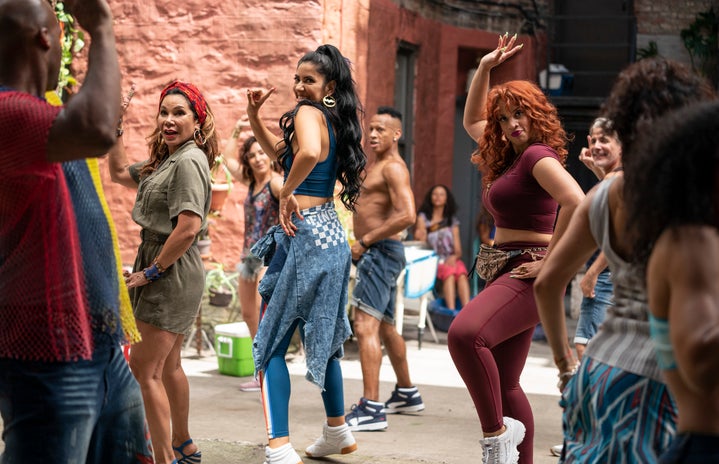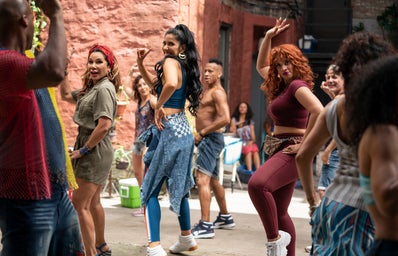“Five, six, seven, eight…”
For most of my life, I started counting with the number five. Every weekday for at least two hours, my life was dedicated to a routine of dancing. Despite the miscellaneous bruises that would show up on my knees every few days, dancing taught me some principles that I hold near and dear to my heart. Through dance I learned determination and resilience. Practicing countless hours to perfect a “calypso,” only to not get a callback for the Nutcracker adaptation I really wanted, allowed me to grow as a person.
Sadly, as I began college, I spent little to no hours dancing. I felt lost and my passion for dance had taken a back seat in comparison—until I decided on a whim to join a service organization that teaches dance to individuals with disabilities. Coming to volunteer each Sunday allowed me to feel more at peace about a connection to dance. Through this service dance club known as Movement Exchange, I was able to rediscover my passion for dance.This is where I was able to understand how dance could incorporate social justice. Through coursework and volunteer opportunities, I learned more about kinesthetic experiences unique to dance. Essentially, dance can spark individual empowerment and cause community cohesion responsible for building and sustaining relationships that can generate social change. According to an article published in the Dance Research Journal, dance allows us to be more open-minded and empathetic; sensing and dialoguing with our own bodies can lead to sensing, understanding and respecting others’ bodily existence and integrity. Additionally, vulnerability shown through dance makes it easier to trust another individual as you both are sharing something vulnerable.
Through my experience and workshops through the national chapter of Movement Exchange, I learned about the properties of dance that allow it to be an intervention to support disadvantaged youth. Before my time with this organization, I would not have realized the impact that dance had. Specifically for disadvantaged youth, dance poses to reduce stress and create positive emotions. Not only that, but it also helps with identity formation and improves self-image. I know personally, before dancing I was more self-conscious, but it allowed me to build up my confidence and be proud of who I was.
Furthermore, as the conference went along, I made more connections in regard to dance and neuroscience, which I know sounds far-fetched. Each of us have mirror neurons that are activated when we move, especially movements in-sync which are known to increase our empathy and connectedness. Furthermore, this allows us to build connections with others and use that to empower ourselves and others so we can keep moving towards common and positive goals. Furthermore, dance can be considered a type of theory: dance movement theory. There are various processes that eventually lead to interventions that can make a significant difference in an individual’s life. Through experiences I have had as a volunteer for Movement Exchange, I hope that I am able to build a meaningful relationship with each student I am working with, and that dance can help change their lives as it has changed and shaped mine.
LINKS TO CHECK OUT:
Searching for Dialogue in Dance Education: A Teacher’s Story


